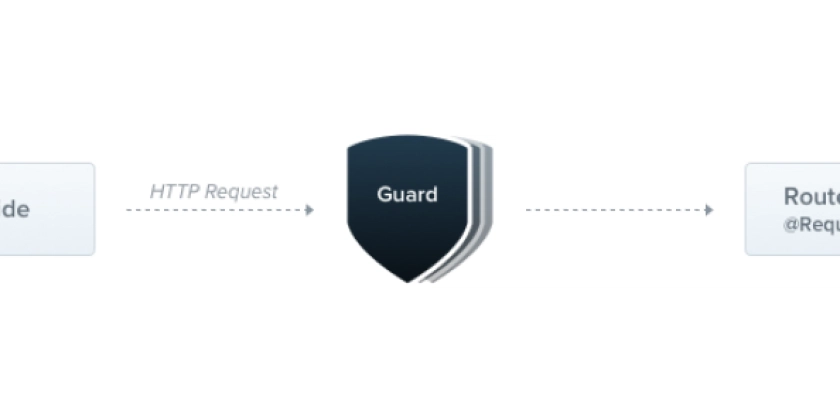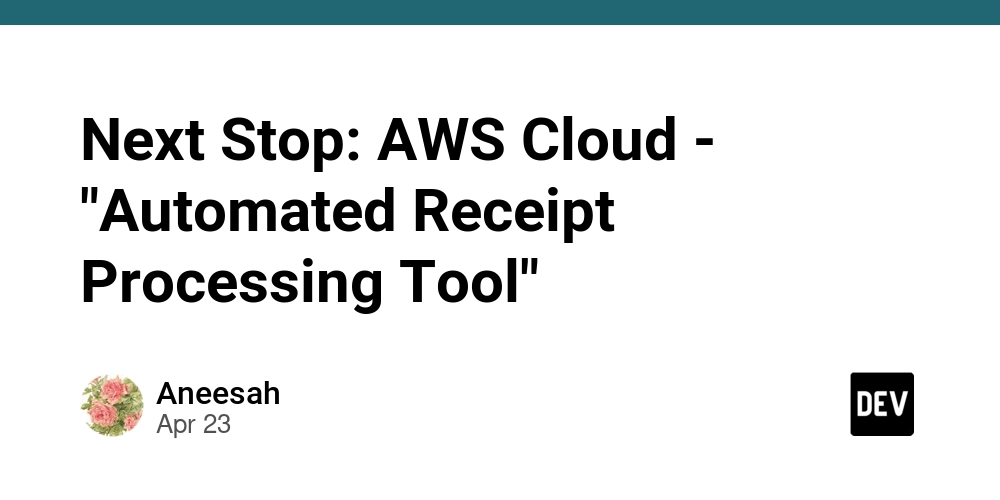
Unlock Cloud Freedom: A Deep Dive into OpenStack for Custom Infrastructure
Is your organization craving more control over its cloud infrastructure without breaking the bank? OpenStack, the open-source cloud platform, offers a compelling alternative to traditional, vendor-locked solutions. Let’s explore what OpenStack is, who's using it, and whether it’s the right choice for you.
What Exactly Is OpenStack and Why Should You Care?
OpenStack is a free, open-source cloud computing platform that lets you manage and orchestrate large pools of computing, storage, and networking resources. Think of it as a cloud operating system, giving you unprecedented control over your data center.
- Cloud Without Constraints: Build flexible, scalable, and cost-effective private and public clouds tailored to your precise business needs.
- Hybrid and Multi-Cloud Ready: Perfect for organizations looking to integrate on-premises infrastructure with public cloud services.
- Goodbye Vendor Lock-In: Configure your infrastructure with granular control, free from the limitations of proprietary systems.
OpenStack's Modular Magic: How It Works
OpenStack isn't a monolithic block of code. It's a collection of interconnected services, each responsible for a specific function within the cloud environment. This modular design allows for extreme customization and scalability including private cloud solutions.
- Nova: Manages the lifecycle of virtual machines across diverse hypervisors.
- Neutron: Provides advanced networking capabilities and connectivity.
- Cinder: Handles block storage for persistent application data.
- Swift: Delivers scalable object storage for unstructured data.
- Glance: Manages and serves operating system and application images.
- Keystone: Provides authentication and authorization services.
These working together creates a robust, adaptable, and extensible cloud ecosystem.
Who's Winning with OpenStack? Real-World Examples
OpenStack has found a home in various industries where control, data sovereignty, and cost-effectiveness are paramount. From telecommunications giants to scientific research institutions, organizations are leveraging OpenStack to achieve their infrastructure goals. Here are some examples:
- AT&T: A major telecom provider uses OpenStack for its network infrastructure, enabling them to scale services efficiently.
- CERN: The European Organization for Nuclear Research relies on OpenStack to manage massive datasets and support complex scientific computations.
- Walmart: The retail giant leverages OpenStack to power its e-commerce platform and optimize its supply chain.
The Compelling Benefits of Choosing OpenStack
Why are so many organizations turning to OpenStack? The advantages are clear. Whether for hybrid clouds (combining both public and private infrastructure), or purely private cloud options, OpenStack has a compelling list of reasons to adopt:
- Lower Total Cost of Ownership: Avoid costly licensing fees associated with proprietary solutions.
- Unmatched Customization: Seamlessly integrate with existing tools, APIs, and legacy systems. This also helps with creating a private cloud solution.
- Elastic Scalability: Effortlessly scale your infrastructure to meet changing demands.
- Freedom of Choice: Escape vendor lock-in and choose the hardware and software that best fit your needs.
- Strong Community Support: Benefit from continuous updates, peer support, and innovation from a global community of developers.
Is OpenStack Right for YOU? Key Considerations
While OpenStack offers tremendous advantages, it's not a plug-and-play solution. Consider these potential challenges when evaluating OpenStack for your organization:
- Steep Learning Curve: Requires experienced personnel and careful planning for successful deployment.
- Ongoing Maintenance: Demands dedicated resources for maintenance, upgrades, and troubleshooting.
- Potential Resource Strain: Can be challenging for smaller IT teams lacking cloud-native expertise.
Final Verdict: OpenStack – Your Path to Cloud Independence?
If architectural flexibility, cloud independence, and granular infrastructure control at a cost-effective solution are high on your list, an OpenStack private cloud is a strong contender. While it requires a commitment of resources and expertise, the long-term benefits—greater control, cost savings, and technological sovereignty—can be substantial. OpenStack empowers you to build and operate a future-proof cloud environment, fully personalized for your unique needs.


![California Software Companies: Unveiling Tech Leaders & Future Trends [2025]](https://media2.dev.to/dynamic/image/width=1000,height=500,fit=cover,gravity=auto,format=auto/https%3A%2F%2Fcontenu.nyc3.digitaloceanspaces.com%2Fjournalist%2F5bd5aa41-4877-4647-a4d3-4f4915a589fc%2Fthumbnail.jpeg)




















